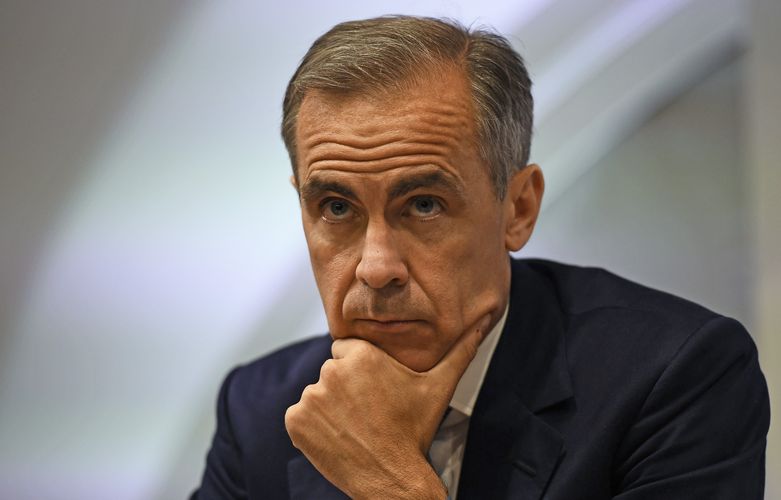(Reuters) - Investors rushed to sell bonds to the Bank of England on Monday after it revived its quantitative easing asset purchase programme for the first time in nearly four years to cushion the shock of Britain’s decision to leave the European Union.
The BoE said it received offers to sell nearly four times the £1.17bn (US$1.53bn) of short-dated British government debt it was looking for in the first of what it plans will be six months of buy-backs totalling 60 billion pounds.
The rush of sellers far exceed anything seen in the past year, when the BoE held occasional reverse auctions to replace gilts that had matured from the £375bn stockpile it built up between 2009 and 2012.
The last buy-back of gilts maturing in three to seven years – the category bought on Monday – took place in February and attracted offers worth 2.49 times the amount on sale, compared with 3.63 times on Monday.
Figures showing demand during the last round of quantitative easing in 2012 were not immediately available.
The central bank revived its government bond-buying programme last week as part of an unexpectedly aggressive package to stimulate the economy, following its decision to cut interest rates for the first time since 2009.
Gilt futures rallied after the buy-back auction, with Simon Peck, rate strategist at RBS, saying the market was benefiting from “net negative supply” as the BoE would buy more bonds over the next eight weeks than the British government would issue.
The BoE will buy gilts with a maturity of more than 15 years on Tuesday, and 7–15 years on Wednesday.
“We have a very constructive backdrop in terms of the demand-supply dynamics,” Peck said, adding that bonds were also benefiting from strong demand in a typically quiet holiday period.
“We’ve got this big buyer coming along, the Bank of England, and that’s proving very supportive.”
September gilt futures settled 53 ticks higher at 131.77, having been little changed on the day before the auction results. Immediately after the auction they dipped slightly, before then rallying strongly to hit a contract high of 131.87.
Ten-year and five-year yields hit new record lows of 0.603% and 0.152% respectively. Two-year yield stood at just 0.10% – the level to which many economists expect the BoE to cut rates in November.
British gilts outperformed their German and US equivalent, with 10-year Treasuries offering the biggest yield premium over gilts since 2000 at almost a full percentage point.
“On the one hand the Fed (US Federal Reserve) has still got a tightening bias, although they are not in a rush to raise interest rates, on the other the Bank (of England) has … an easing bias, and has signalled that it could cut rates further,” Nick Stamenkovic, strategist at RIA Capital Markets, said.
“Consequently gilts have significantly outperformed Treasuries and I suspect that will continue in the near term.”
Reporting by Ana Nicolaci da Costa
